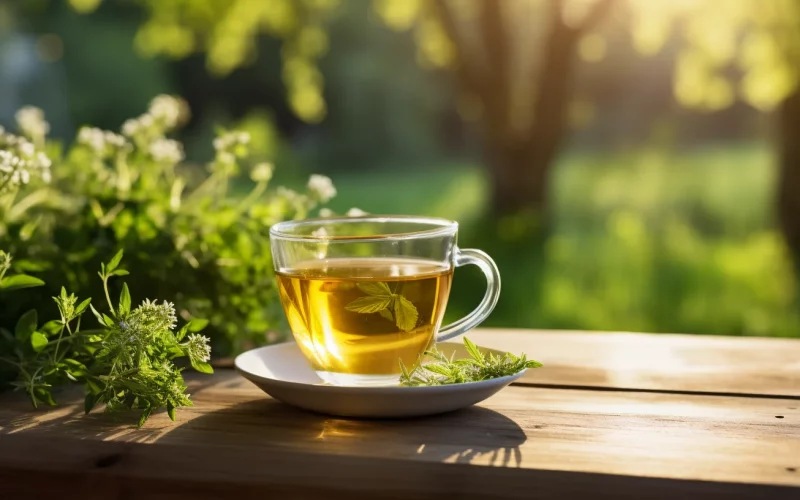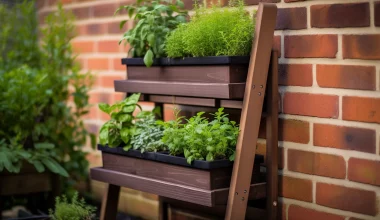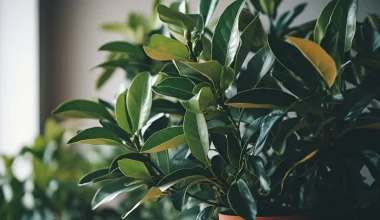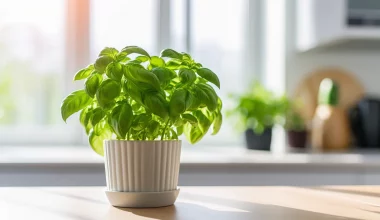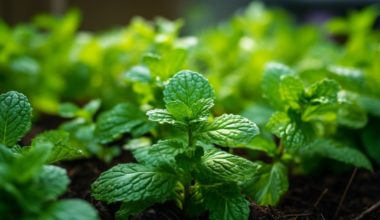There’s nothing like a cup of fresh herbal tea to calm the mind and nourish the body. Whether you’re a tea connoisseur or just starting to explore the world of herbal infusions, growing your own herb tea garden can be a delightful and rewarding experience. Let’s explore how you can cultivate a variety of herbs to create your own flavorful, fresh teas right in your backyard.
Understanding Herbal Teas
Herbal teas are made from a variety of plant parts, including leaves, flowers, roots, and seeds. Unlike traditional teas, which are made from the Camellia sinensis plant, herbal teas can include a wide range of botanicals.
Popular Herbs for Tea Gardens
- Mint: Refreshing and invigorating.
- Chamomile: Known for its calming properties.
- Lemon Balm: Adds a citrusy zest to your tea.
- Lavender: A fragrant herb that aids relaxation.
- Rosemary: Rich in antioxidants, with a pine-like flavor.
- Ginger: Spicy and warming.
Planning Your Herb Tea Garden
1. Choosing a Location
Select a sunny spot with good drainage. Consider raised beds or containers if space is limited.
2. Soil Preparation
Herbs prefer well-drained soil, enriched with organic matter. Test the soil’s pH and adjust as needed.
3. Designing Your Garden
Consider aesthetics and accessibility. Plant herbs with similar sunlight and water needs together.
Planting and Growing Herbs
1. Selecting Your Herbs
Choose herbs based on your taste preferences and their growing requirements.
2. Planting Your Herbs
Plant herbs either from seeds or young plants. Follow the guidelines on spacing, depth, and care for each specific herb.
3. Caring for Your Herbs
Water consistently but avoid overwatering. Prune regularly to encourage bushy growth and more flavor.
4. Harvesting Your Herbs
Harvest herbs in the morning for the best flavor. Use clean, sharp scissors to snip off the parts you need.
Creating Your Own Herbal Teas
1. Fresh vs. Dried Herbs
Fresh herbs offer vibrant flavors, but dried herbs can be stored for longer. To dry herbs, hang them upside down in a warm, dry spot.
2. Blending Your Teas
Experiment with combining different herbs to create unique blends. For example, mint and lavender make a soothing combination.
3. Brewing Your Tea
Use about a teaspoon of dried herbs or a tablespoon of fresh herbs per cup. Steep in hot water for 5 to 10 minutes, depending on the herb and your taste preference.
Conclusion: A Cup of Garden Freshness
Growing a herb tea garden offers a delightful connection between the garden and the teacup. You’ll enjoy the process of planting, nurturing, and harvesting, followed by the pleasure of sipping a cup of tea that’s infused with the flavors of your own garden.
Whether you want to grow a large herbal tea garden or just a few pots on your windowsill, the joy of cultivating your own tea herbs is within reach. With some planning, care, and creativity, you’ll be savoring the fresh, aromatic flavors of homegrown herbal teas in no time.
